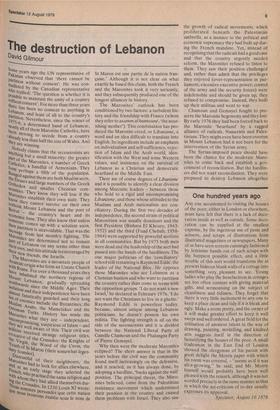One hundred years ago
Any one accustomed to visiting the houses of the poor, either in London or elsewhere, must have felt that there is a lack of decoration inside as well as outside. Some decoration can be supplied at the smallest expense, by the ingenious use of paste and scissors, and scraps of illustrations from illustrated magazines or newspapers. Many of us have seen screens cunningly fashioned by feminine hands out of such scraps with the happiest possible effect, and a little trouble of this sort would transform the at present hideous blank walls of a cottage into something very pleasant to see. Young ladies who play the benefactress in cottages are too often content with giving material gifts, and sermonising on the subject of cleanliness and tidiness. They forget that there is very little incitement to any one to keep a place clean and tidy if it is bleak and ugly. Make a room pretty, and the owner of it will make greater effort to keep it well swept and well ordered. A great field for the utilisation of amateur talent in the way of drawing, painting, modelling, and kindred arts suggests itself in the direction of beautifying the houses of the poor. A small tradesman in the East End of London showed the clergyman of his parish with great delight the Morris paper with which his room was covered, — "seems as if it was all-a-growing," he said; and Mr. Morris himself would probably have been well pleased with the remark, although it was not worded precisely in the same manner as that in which the art-criticism of to-day usually expresses its approval. Spectator, August 10 1878






























 Previous page
Previous page